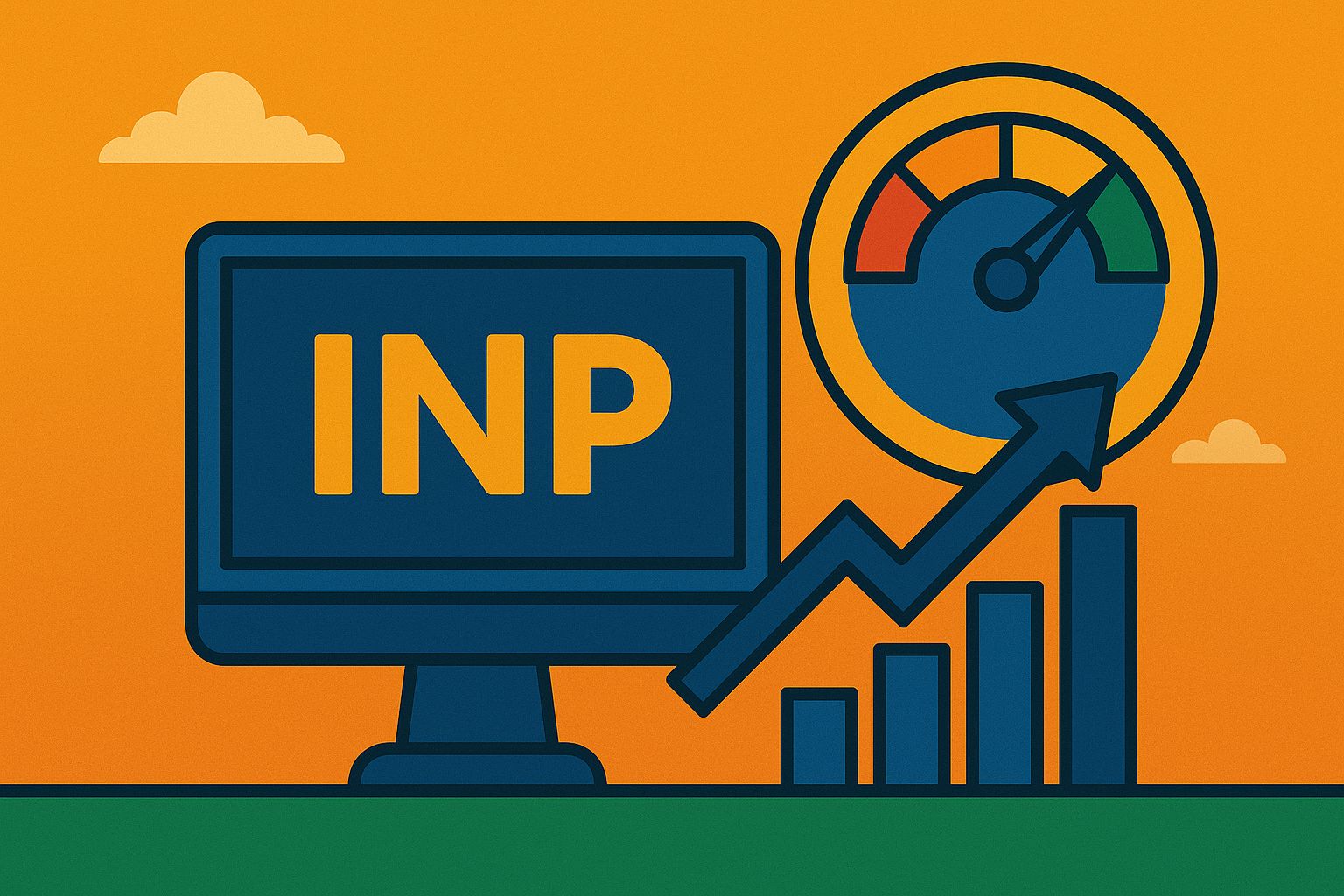In today’s fast-paced digital world, having software that performs at its best isn’t just a luxury—it’s a necessity. Imagine driving a sports car stuck in first gear. Frustrating, right? That’s how your users feel when software isn’t optimised. So, let’s dive into why optimising software for peak performance is crucial and how you can achieve it.
What is Software Optimisation?
Think of software optimisation as fine-tuning an engine. It’s all about making your software run as smoothly and efficiently as possible. But what does this mean in practice?
- Definition of Software Optimisation: At its core, software optimisation involves tweaking your code and system configurations to enhance performance. This can mean faster load times, better resource management, and an overall improved user experience.
- Why Should You Care About Optimisation: Why go through the trouble of optimising your software? Simple. Because it makes everything better. Users get frustrated with slow, clunky applications. By optimising, you ensure your software is responsive and reliable, keeping users happy and engaged.
How Does Optimisation Improve Performance?
- Speed and Efficiency: First things first—speed. Imagine waiting ages for a webpage to load. Infuriating, isn’t it? Optimised software ensures that users don’t have to twiddle their thumbs. It loads quickly and runs smoothly, making for a seamless experience.
- Better Resource Management: Think of your software as a juggler. The more efficiently it manages resources (like memory and CPU usage), the more tasks it can juggle without dropping any balls. Optimisation helps your software juggle tasks like a pro.
- Enhanced User Experience: Users today expect everything to be fast and flawless. Optimised software meets these expectations, providing a smooth and enjoyable user experience. It’s like having a conversation without awkward pauses or interruptions.
What Are the Key Areas of Software Optimisation?
- Code Optimisation: At the heart of software optimisation lies code optimisation. It’s like decluttering a messy room—removing redundant code, simplifying complex algorithms, and ensuring everything is in its place.
- Why is Code Optimisation Important: Clean, efficient code runs faster and is easier to maintain. It reduces bugs and makes your software more reliable. Plus, it just feels good to look at a neat, organised codebase.
- Database Optimisation: If your software relies on a database, optimising it is crucial. It’s like tuning a radio to get the best signal. Proper indexing, query optimisation, and efficient data retrieval methods can significantly enhance performance.
How Can You Optimise Your Database?
Start by analysing query performance. Use indexing wisely, avoid unnecessary data retrieval, and keep your database schema lean and mean.
- Network Optimisation: In a world where everything is connected, network performance plays a big role. Optimising your network interactions can be the difference between a lightning-fast app and one that crawls.
- Tips for Network Optimisation: Reduce the amount of data transferred, use caching effectively, and optimise your APIs. Remember, every millisecond counts.
What Tools Can Help with Software Optimisation?
- Profilers: Profilers are like doctors for your code. They help diagnose performance issues by showing where your software spends the most time. Popular profilers include VisualVM, JProfiler, and YourKit.
- Load Testers: Want to know how your software handles stress? Load testers simulate heavy usage to identify bottlenecks. Tools like Apache JMeter and LoadRunner are your go-to options.
- Static Analysis Tools: These tools analyse your code without executing it, identifying potential performance issues and suggesting improvements. Think of them as code critics—tough but fair. Examples include SonarQube and PMD.
How to Implement Optimisation in Your Workflow
- Regular Performance Reviews: Make optimisation a regular part of your development cycle. Conduct performance reviews to catch and fix issues early. It’s like taking your car for regular maintenance checks.
- Automated Testing: Automated tests can help ensure your optimisations don’t introduce new bugs. They’re like safety nets, catching problems before they affect your users.
- Continuous Integration: Integrate performance checks into your continuous integration (CI) pipeline. This ensures that performance remains a priority throughout development.
What Are the Challenges of Software Optimisation?
- Balancing Performance and Readability: Sometimes, the fastest code isn’t the easiest to read. Striking a balance between performance and maintainability can be tricky. It’s like walking a tightrope, but it’s essential for long-term success.
- Keeping Up with Technology: Technology evolves rapidly. Staying current with the latest optimisation techniques and tools is crucial. It’s like upgrading your toolkit to include the latest gadgets.
- Resource Constraints: Optimisation can be time-consuming and resource-intensive. Prioritising areas that offer the most significant performance gains can help manage these constraints.
Real-World Examples of Software Optimisation
- Google Search: Google’s search engine is a prime example of optimised software. It processes billions of queries quickly and efficiently, providing relevant results in milliseconds. This level of performance is achieved through continuous optimisation.
- Netflix Streaming: Netflix optimises its streaming service to deliver high-quality video with minimal buffering. It uses adaptive bitrate streaming, efficient encoding, and caching to provide a seamless viewing experience.
Future of Software Optimisation
- AI and Machine Learning: AI and machine learning are becoming integral to software optimisation. These technologies can predict performance issues and suggest improvements, taking optimisation to the next level.
- Edge Computing: As more devices connect to the internet, edge computing is gaining traction. Optimising software for edge computing environments will be crucial for maintaining performance and reliability.
- Sustainability: Optimisation isn’t just about speed and efficiency. It’s also about reducing energy consumption and promoting sustainability. Green computing is an emerging trend that focuses on making software more eco-friendly.
Conclusion
Optimising software for peak performance is like keeping a finely tuned engine running smoothly. It involves a mix of code refinement, database tuning, and network adjustments, all aimed at providing a fast, efficient, and enjoyable user experience. As technology evolves, staying ahead of optimisation techniques and tools will be crucial. So, keep tweaking, testing, and refining—your users will thank you for it.




